Travel has many faces. Chances are, if you travel for any reason, from business to pleasure, there’s an opportunity to see something new and in the process, learn something.
Personally, I love to hit the galleries, libraries and historic places. I love trying new food and experiencing different cultures and places. I’m a firm believer in learning from the past, and its ties to the present – after all, it’s only through understanding our place within the broader world, both manmade and natural, and our collective human and natural history, that we can forge a path forward.
The world has so much to offer and here on the West Coast of North America we are spoiled for choice; there are many impressive natural and awe-inspiring places to visit and and interesting human history too. Some, however, stand out from the crowd and as such, they have been designated as UNESCO World Heritage Sites.
What does that mean?
UNESCO – United Nations Educational, Scientific and Cultural Organization – came into being at the end of the Second World War as a response to racism that predicated that conflict and continues today.
UNESCO’s “duty remains to reaffirm the humanist missions of education, science and culture,” and to promote the “cultural heritage and the equal dignity of all cultures.” The hope is that through the preservation of these unique places, whether natural or manmade, and through education, dialogue and mutual understanding, that a peaceful world is possible.
To receive this designation, the site must be recognized as having significant “importance to be the responsibility of the international community as a whole.” These areas are of outstanding universal value to all humanity.
READ MORE: Discover BC’s UNESCO Global Geopark this winter!
Both an honour and a responsibility, this prestigious designation can only be proposed by the country in which the site is located, and the four-step process can take several years to complete. Sites include The Great Wall of China, The Galapagos Islands, Stonehenge, The Great Barrier Reef and The Acropolis.
Here on the West Coast, it’s an honour to have these amazing places within striking distance. Depending on where you go, you can stand among giants, see dinosaurs, walk in the footsteps of generations of First Nations Peoples, and follow the path taken by some of the first European explorers. Yes, you can even walk on the moon … in a fashion.
Cultural Sites:
- SGang Gwaay — This site commemorates the living culture of the Haida people and their relationship with the land and sea. Located on a small island off the west coast of Haida Gwaii, off British Columbia’s north coast, the village was occupied until shortly after 1880 and what remains illustrates the power and artistry of Haida society. Also a National Historic Site of Canada, visitors can see upright and fallen totem poles, house pits and beams of longhouses. The Haida consider this a place of spirits as many remains of their ancestors reside there. They ask that visitors remember that they are walking among these spirits.
- Head-Smashed-In Buffalo Jump — The Blackfoot tribe lived in this area for thousands of years before the arrival of Europeans in 1874. This area was part of, and instrumental in, their traditional hunting practices. Various Blackfoot bands would gather in the summer for the Sun Dance, the major tribal ceremony, before communal hunts of bison were undertaken to provide food for the gathering. A buffalo jump meant luring bison over a cliff so that they fell to their deaths, and if 5o bison fell, then the meat yielded was in the range of 11,000 to 20,000 pounds.
- Writing-on-stone/Áísínai’pi — Located on the northern edge of the semi-arid Great Plains of North America on the border between Canada and the US, this landscape is considered sacred to the Blackfoot people. Geological features include hoodoos (a spectacular column of rock shaped by the elements), and several “coulees” (a type of valley). The Blackfoot have left engravings and paintings on the sandstone which bear witness to spirit messages.
READ MORE: 5 Must-see tourist attractions in Northern British Columbia
Natural Sites:
- Kluane/Wrangell-St. Elias/Glacier Bay/Tatshenshini-Alsek — Located on both sides of the border between Canada (British Columbia and Yukon) and the US (Alaska), these parks are home to wildlife such as grizzly bears, caribou, and the largest concentration of Dall’s sheep in the world. The moist air coming in from the Pacific produces huge amounts of snow in this area, which has created the largest non-polar ice field in the world and hundreds of glaciers. Additionally, the park contains millennia-old intact ecosystems, rivers, imposing mountains and raging, ice-fed rivers. On the US side, a National Historic Landmark includes the land and mining claims that formed the foundation for the Kennecott Copper Corporation. The area has been inhabited by humans for over 9,000 years, and when the Europeans first arrived in the 18th century, the Tlingit people provided guides to the party of John Muir, who’s description of the land was instrumental in making it a popular tourist destination and the focus of many scientific inquires in the late 1880s and 1890s.
- Dinosaur Provincial Park — Home to some of the most important fossil discoveries ever made, including more than 44 species of dinosaurs, this park in Alberta’s badlands is stark but exceptionally beautiful. More than 35o articulated specimens, including 150 complete skeletons, now reside in more than 3o museums worldwide.
- Canadian Rocky Mountain Parks — Composed of seven parks – Banff, Jasper, Kooteny and Yoho national parks, and Mount Robson, Mount Assiniboine and Hamber provincial parks, the Rocky Mountains evoke an enduring image of Canada. This rugged mountain landscape has ice fields, glaciers, alpine meadows, lakes, waterfalls, caves, thermal springs and canyons. Banff was built around the Cave and Basin Hot Springs, found by the Canadian Pacific Railway workers in the 1880s, and it became Canada’s first national park in 1885 and in turn, created the national park system.
READ MORE: Extreme hiking, time travel and science converge in the Burgess Shale
- Waterton Glacier International Peace Park — The world’s first international peace park, located on the border between Alberta, Canada and Montana, USA, the park was created to promote peace between nations, but also to demonstrate the need for nations to work together to preserve nature. Here, visitors will find deep canyons and high mountains, prairie grasslands, glacial trough lakes and rivers that feed into three oceans. Wildlife is abundant, including coyotes, grizzly bears, bighorn sheep, mountain goats, birds, and a herd of “international” elk who migrate from summer to winter habitats across the international border. The park is part of the traditional territory of the Blackfoot (Niitsitapi).
- Olympic National Park — In addition to having the longest undeveloped coast in the contiguous US, this park in the northwest of Washington state is home to diverse ecosystems, glacier-clad peaks, and extensive old growth forest which has the best example of intact and protected temperate rain forest in the Pacific Northwest.
- Redwood National and State Parks — Featuringcoastal mountains that border the Pacific Ocean, visitors can see the magnificent coastal redwoods, the tallest trees in the world. Wildlife is abundant, including sea lions, bald eagles and the endangered brown pelican. The original desire to preserve these impressive and ancient trees came from the scientific community in the late 1910s because of links to the fossil records that were millions of years old. A group of scientists established the Save the Redwoods League in 1918, and over the years, were able to purchase over 10,000 acres, the basis for the advent for the state park.
- Yosemite National Park — Located in the heart of California, this park boasts amazing geological features created by glaciers, including soaring cliffs, domes and free-falling waterfalls – including five of the world’s highest – plus mountain meadows, lakes and giant sequoia groves. The sacred ancestral homelands of several Indigenous tribes, the land was inhabited for many years by the Southern Sierra Miwok, who were forcibly displaced during the
1849-1851 gold rush. The park was established in 1890, paving the way for hikers, campers and nature lovers, and preserving this near-untouched wilderness for generations.
To learn more about the UNESCO heritage sites on the West Coast and around the world, visit whc.unesco.org
Plan your adventures throughout the West Coast at westcoasttraveller.com and follow us on Facebook and Instagram @thewestcoasttraveller. And for the top West Coast Travel stories of the week delivered right to your inbox, sign up for our weekly Armchair Traveller newsletter!

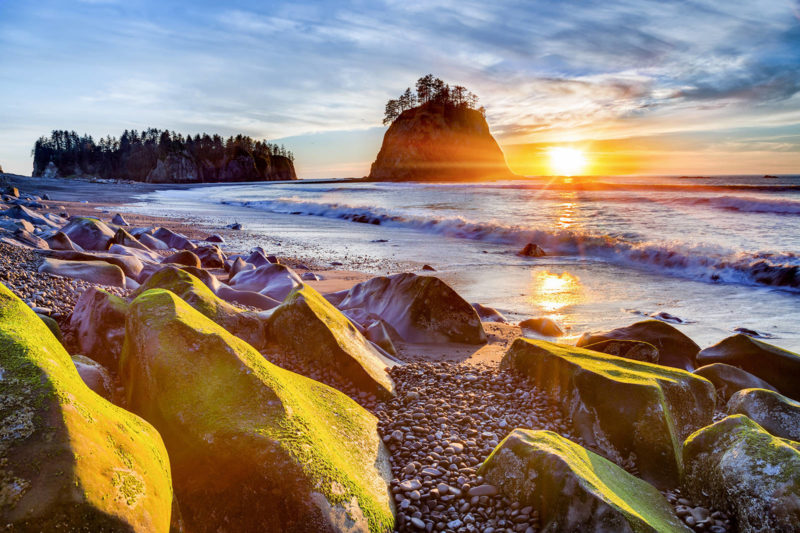
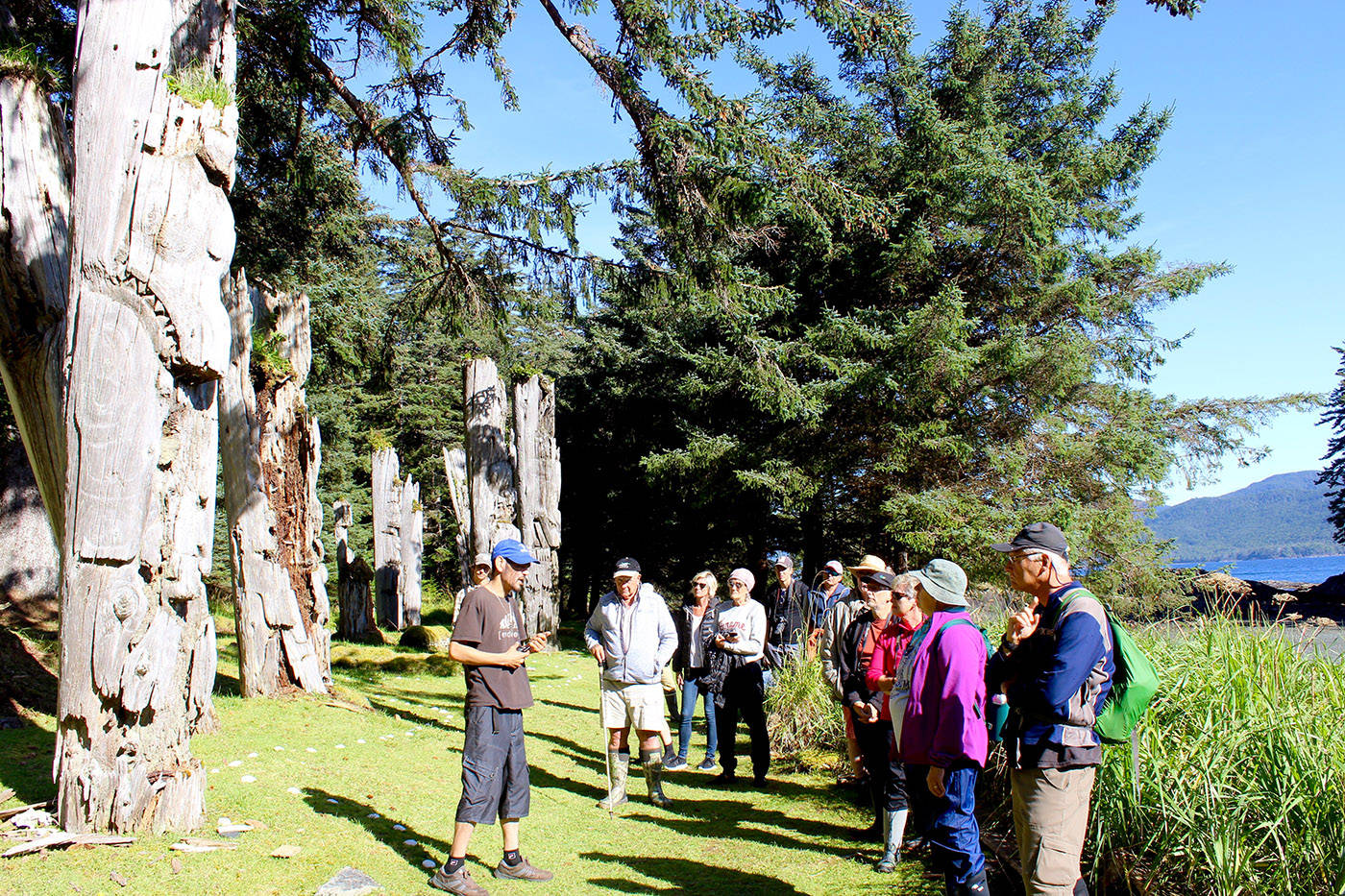
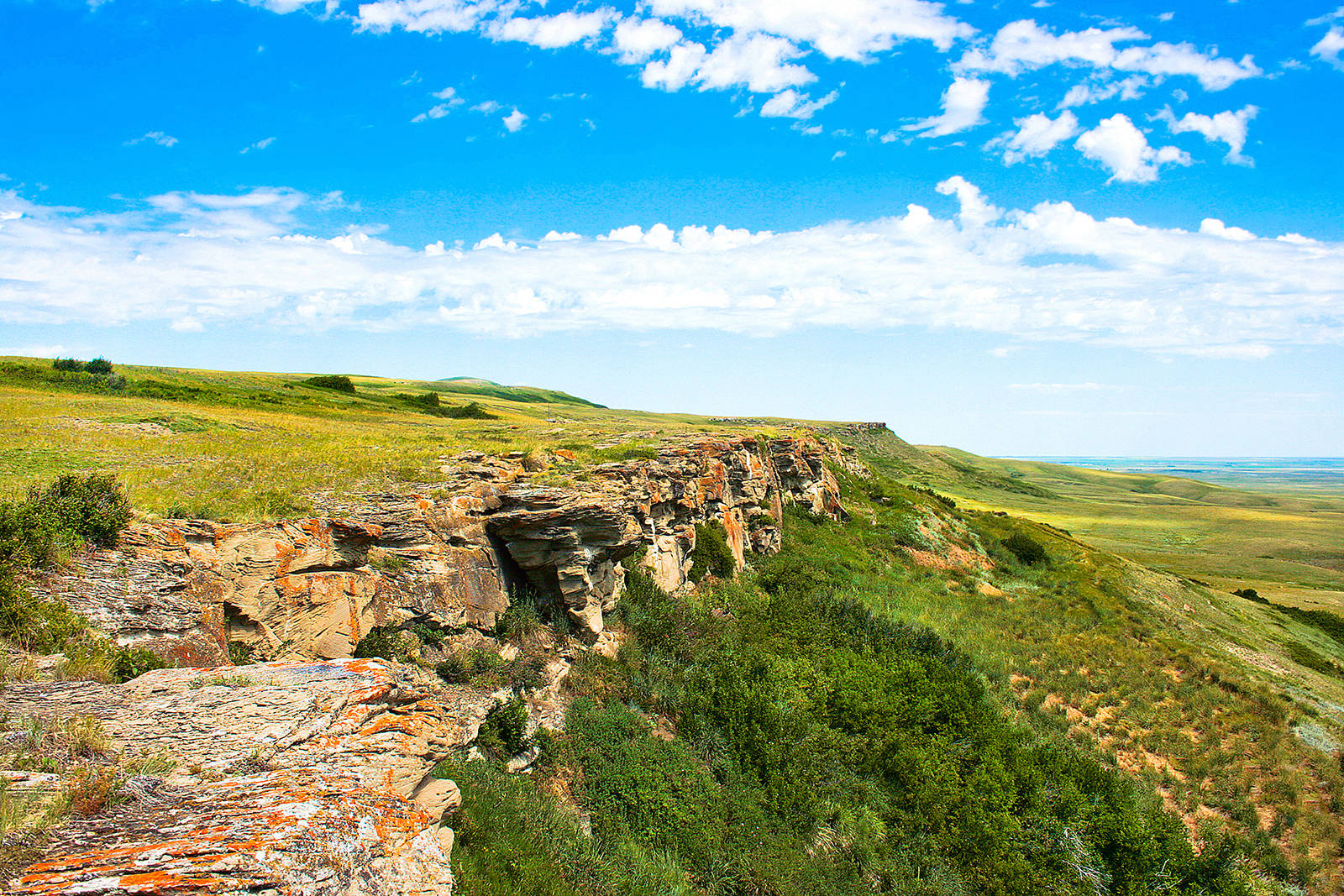

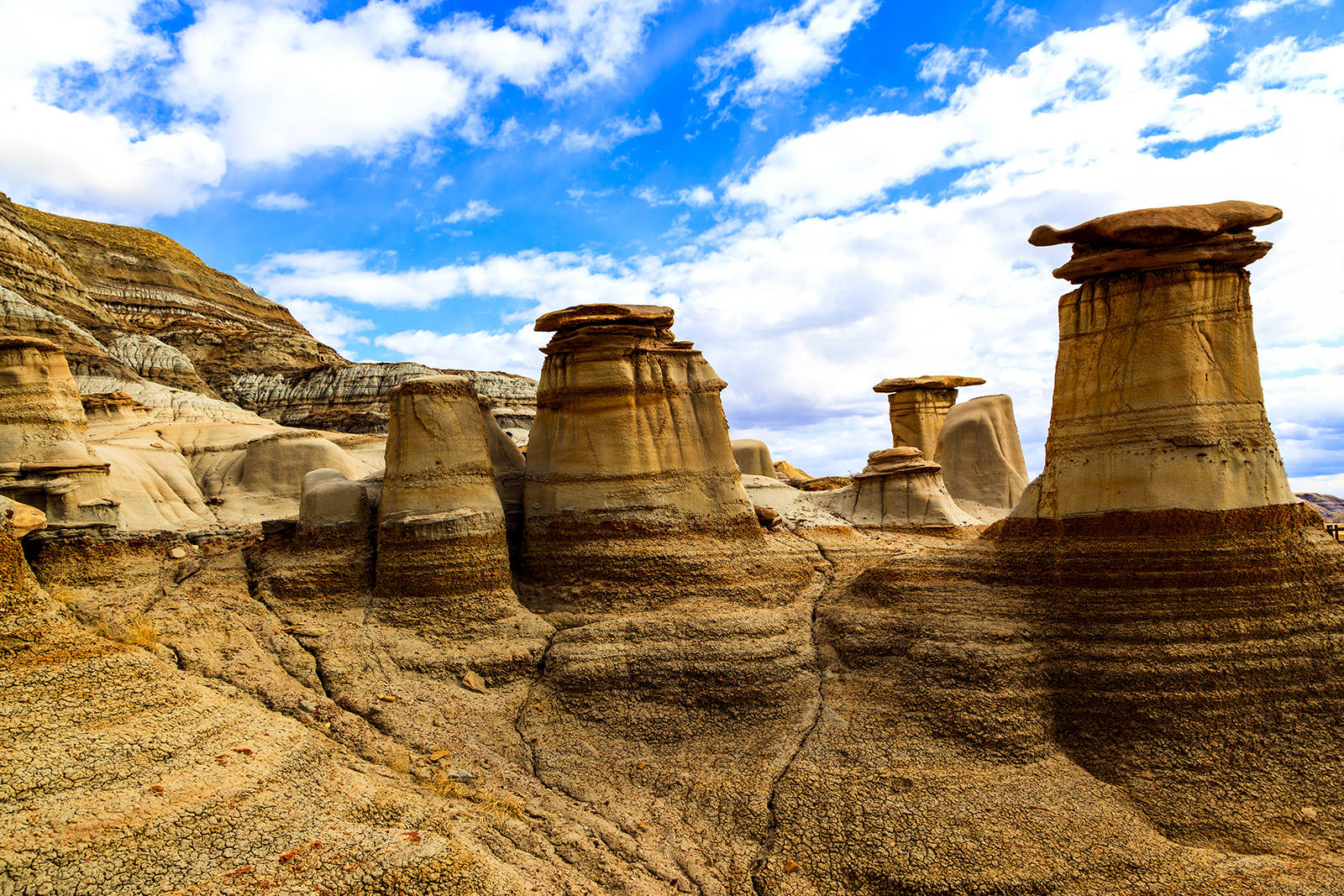
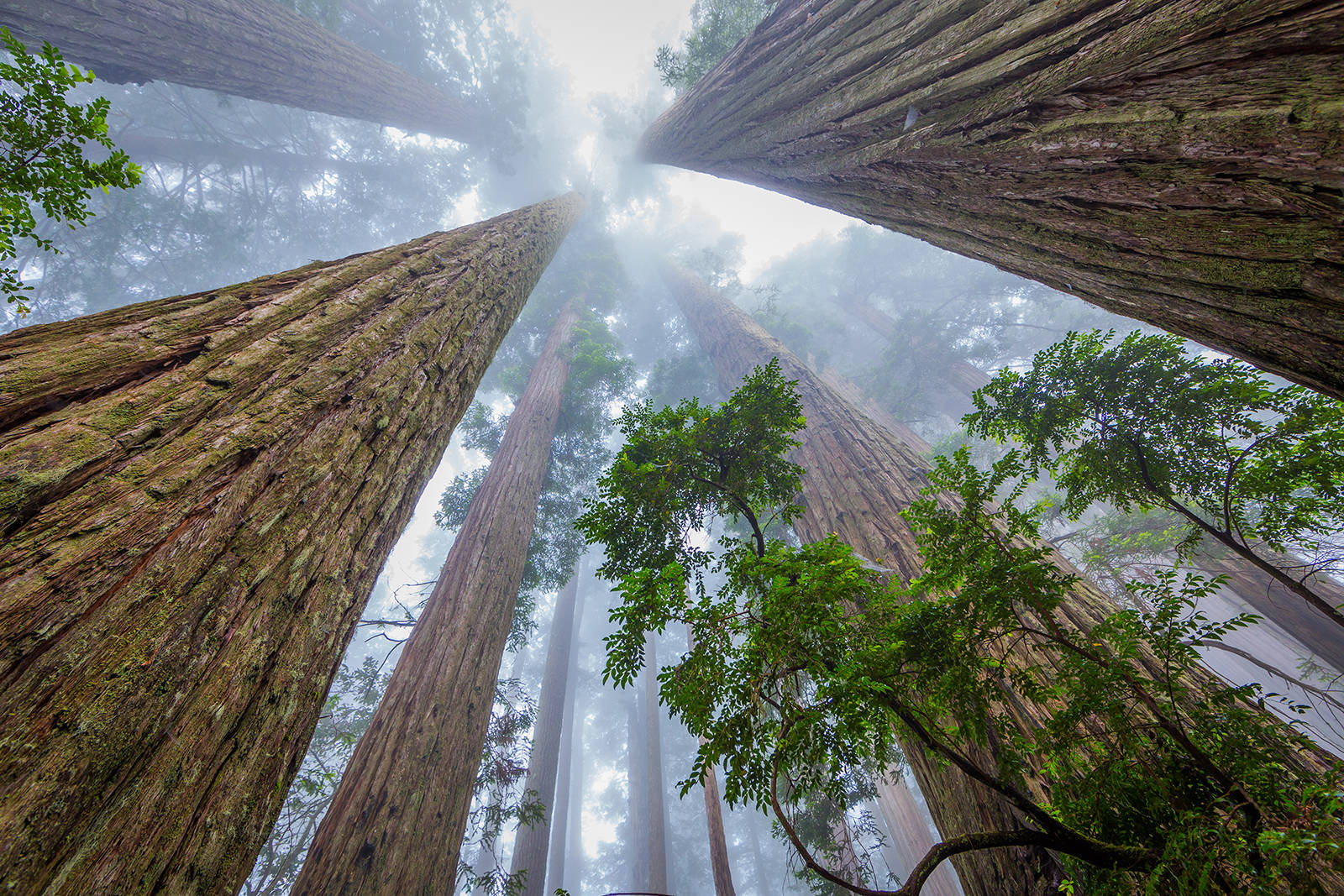
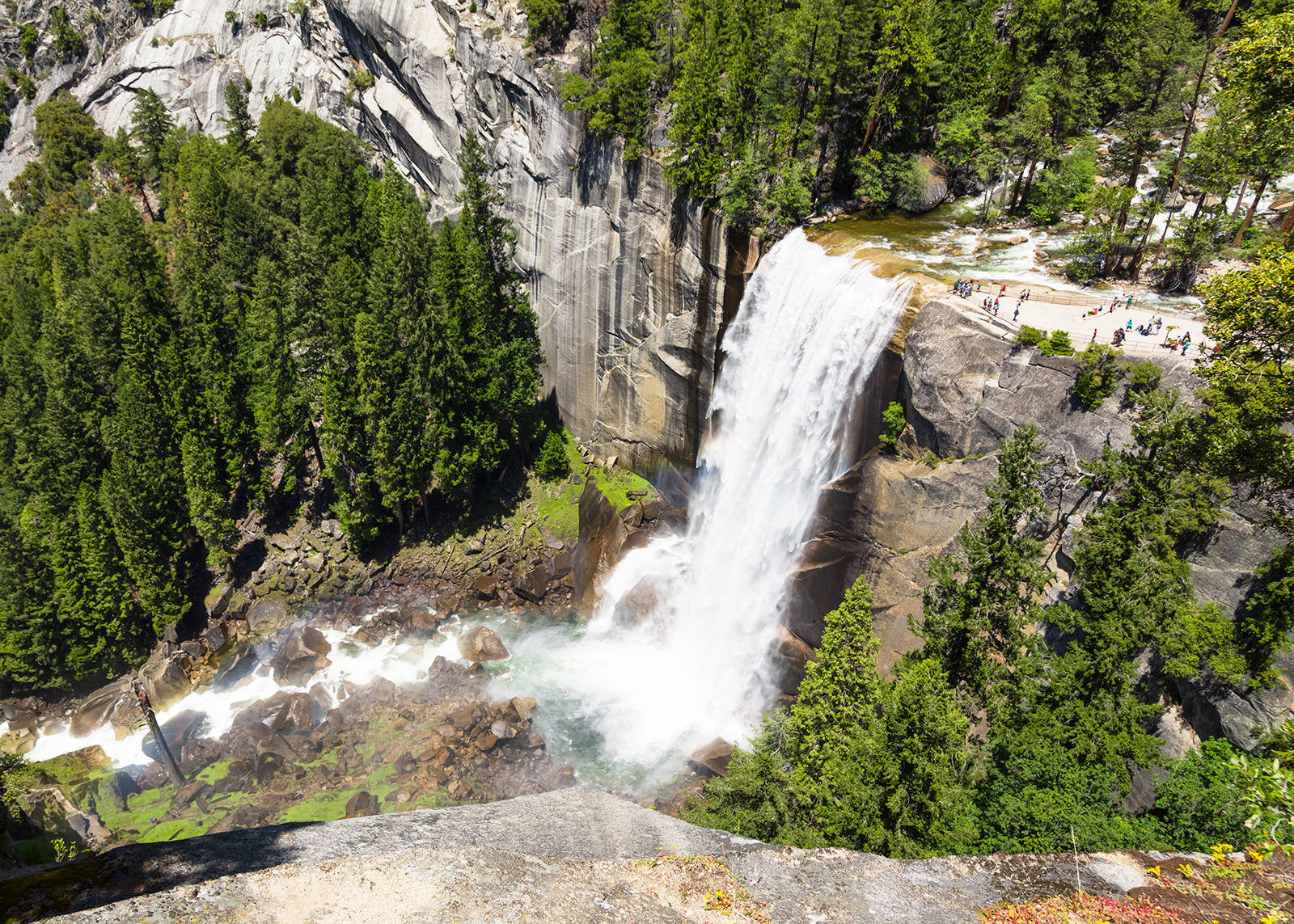









 West Coast dominates annual ‘Best Restroom’ contest
West Coast dominates annual ‘Best Restroom’ contest